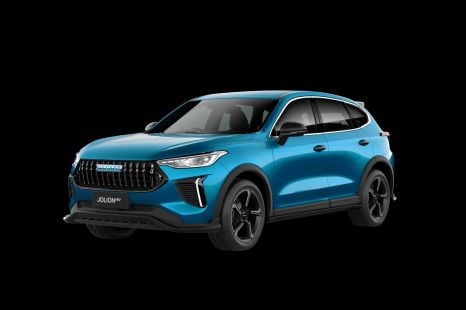

William Stopford
Australia’s cheapest hybrid SUV just got cheaper
3 Days Ago
The cheapest seven-seat SUV on the market has been updated for 2025, strengthening an already intriguing value proposition.
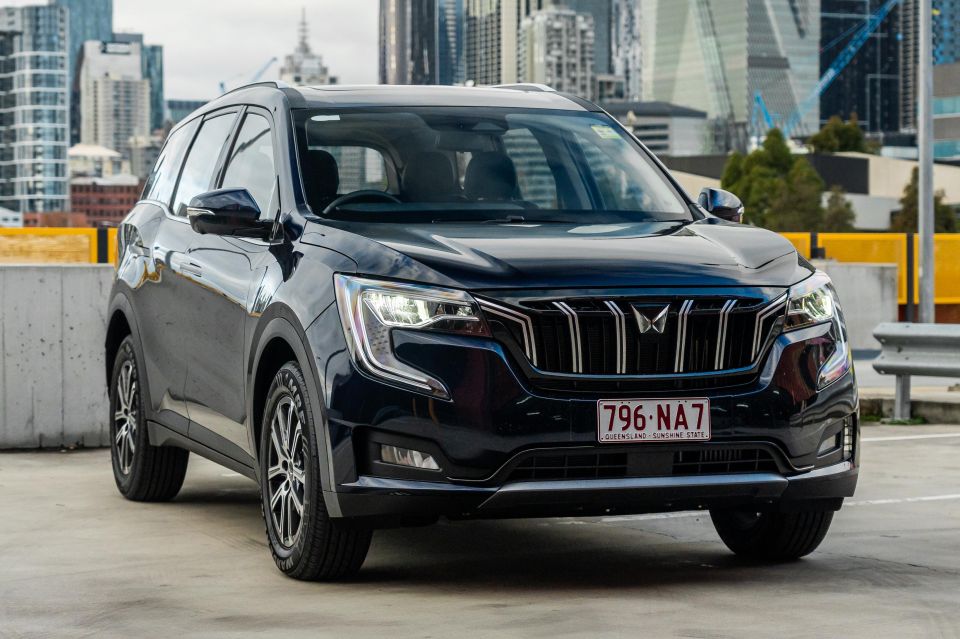


Quickly see how this car stacks up against its competition. Select any benchmark to see more details.
Where expert car reviews meet expert car buying – CarExpert gives you trusted advice, personalised service and real savings on your next new car.
Families of Australia take note – the Mahindra XUV700 is the cheapest seven-seater in the country.
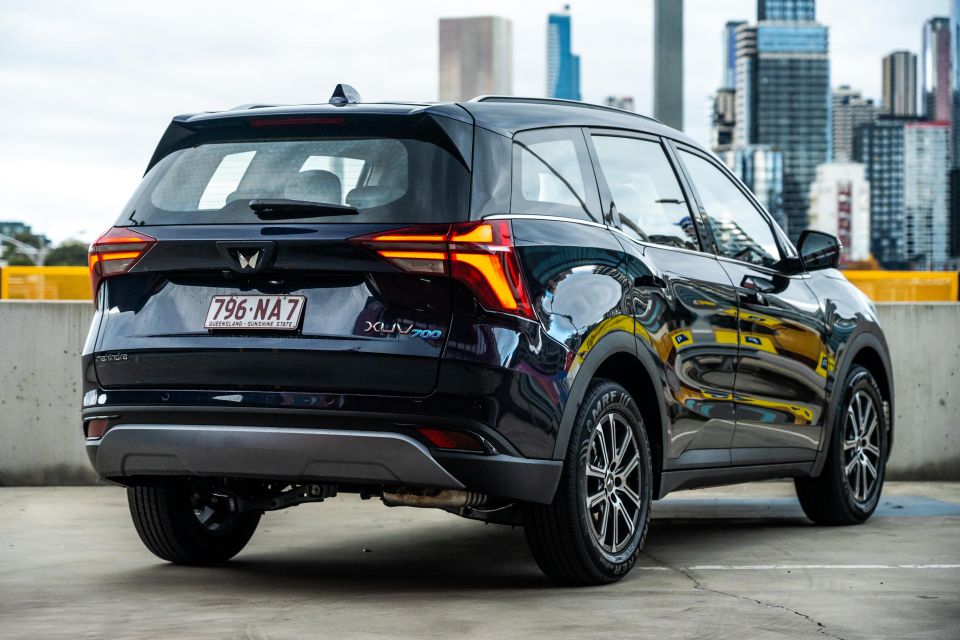
Priced from just $39,990 drive-away, the updated XUV700 mid-size SUV is more affordable than base seven-seat versions of the Nissan X-Trail and Mitsubishi Outlander – both staples of Aussie family life.
And that’s not to say Mahindra’s offering skimps out on standard equipment. It was already generously equipped in pre-facelift guise, but it’s also gained wireless Apple CarPlay and Android Auto, ventilated front seats and mirror memory functions with this latest update.
So, what’s not to love? Well, the looks, for one. The XUV700 deserves better than the 18-inch wheels fitted to each corner as standard, and there’s a disconnect between the front and rear styling.
Further, the Mahindra brand is better known for tractors than plush SUVs, and it’ll take some time to build credibility in the Australian automotive space.
WATCH: Paul’s review of the Mahindra XUV700 Black Edition
For that reason, models like the XUV700 are crucial to Mahindra’s success Down Under.
Does this family hauler have what it takes to be the catalyst for a local sales spike? We spent a week in a mid-spec AX7L to find out.
The Mahindra XUV700 lineup has received a handful of upgrades for 2025, resulting in $3000 price hikes for both the entry-level AX7 and flagship AX7L.
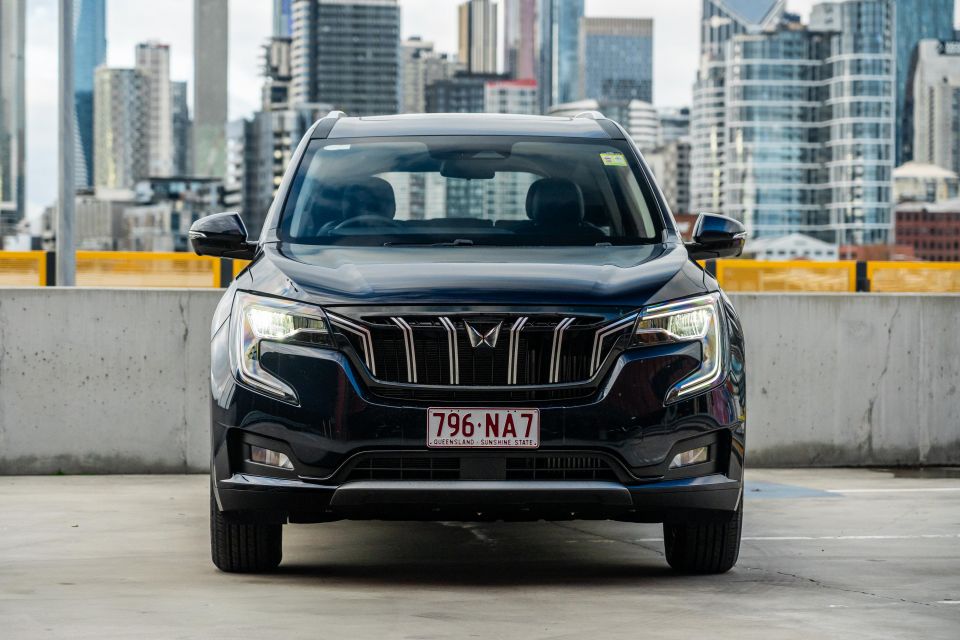
| Model | Drive-away pricing |
|---|---|
| 2025 Mahindra XUV700 AX7 | $39,990 |
| 2025 Mahindra XUV700 AX7L | $42,990 |
| 2025 Mahindra XUV700 Black Edition | $43,990 |
To see how the Mahindra XUV700 stacks up against its rivals, check out our comparison tool
Buy your new car without the stress. It's fast, simple and completely free.

Great service from Travis and team, second time I have used this business would not hesitate to recommend them to anyone
Craig C.
Purchased a Ford Ranger in Sunshine Coast, QLD
CarExpert helped Craig save $7,224 on his Ford Ranger, now let us save you on your next new car.
Get your BEST priceFeedback on the white upholstery mustn’t have been particularly positive, because it’s been dropped for this update in favour of a safer black on black colour scheme.

The interior feels less ‘blingy’ as a result, expanding the pool of potential buyers for this seven-seat family SUV.
However, gloss black plastic is still in strong supply – a finish that looks premium when new but shows signs of wear and tear quickly. A significant portion of the interior surfaces are finished in less shiny but still hard and scratchy plastic, with softer leatherette limited to the seats, armrests and front section of the dash.
The steering wheel is wrapped in real leather, although it doesn’t feel especially high-end. Nevertheless, the quality of materials is on par with similarly priced rivals.
While the seats present well, they let the XUV700 down from a comfort perspective.
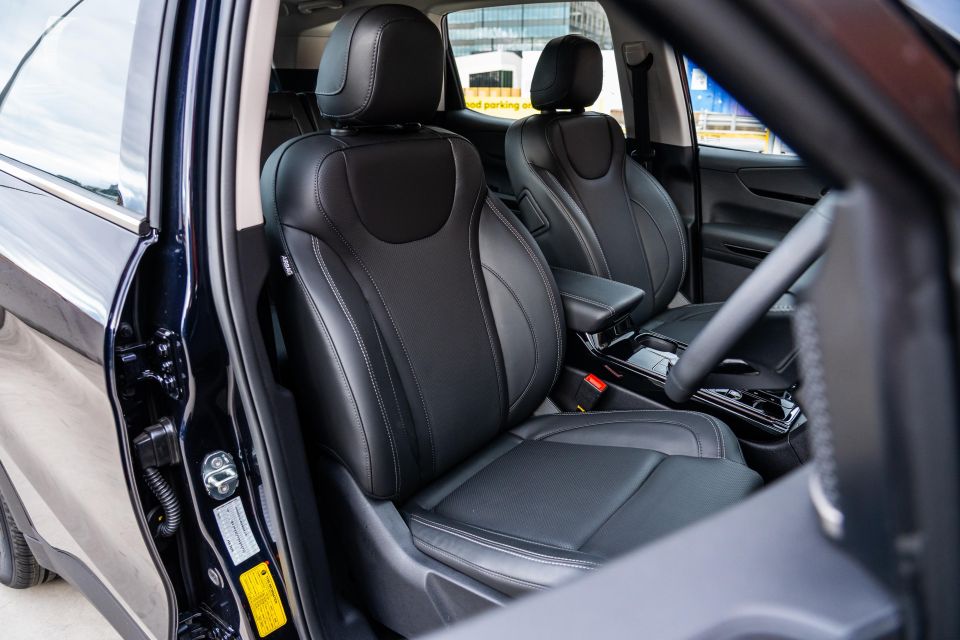
Even in their lowest setting, the front pews sit far too high in the cabin, limiting headroom for taller drivers. On top of that, the base cushion is far too firm, and lateral support is lacking.
Adjustments can be made via Mercedes-Benz-style controls built into the door cards, although I was unable to get truly comfortable. This specced up AX7L comes with three-stage seat ventilation but no heating, which isn’t all that surprising considering this vehicle’s country of origin.
In addition to ventilated front seats, 2025 examples of the AX7L feature wireless smartphone mirroring, which is now standard across the XUV700 range.
It’s a welcome convenience upgrade for the model, and you still get two USB-A wired connection outlets. There’s also a wireless charging pad.
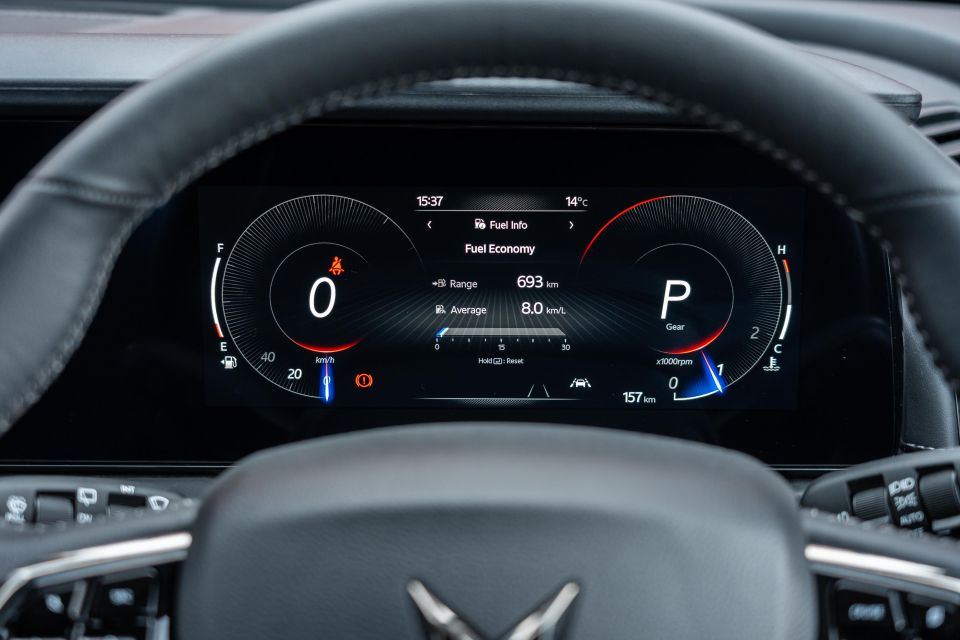
However, the interior technology in the XUV700 still leaves plenty to be desired.
A single wraparound panel houses the infotainment and instrument displays, which both measure 10.25 inches in diameter.
The former features Mahindra’s own Adrenox connected car technology platform, a system that’s thoroughly modern but not quite as polished as others in market.
For example, the infotainment system takes a while to boot up after starting the car, and we experienced numerous glitches and quirks during our week-long loan including a frozen volume readout, Apple CarPlay dropouts, and slow loading speeds.
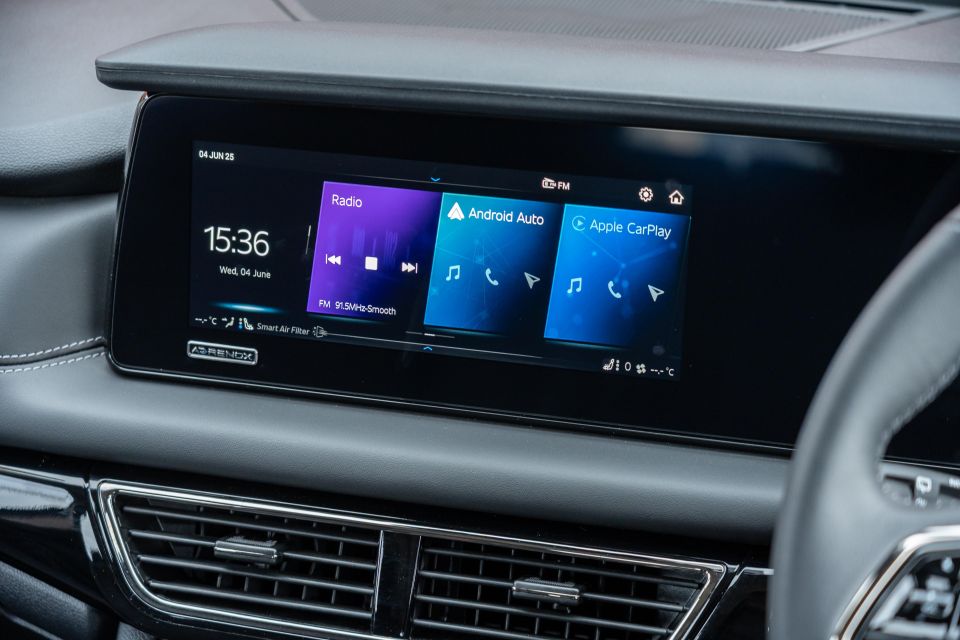
That said, the visuals are crisp and the menus are easy to navigate.
The digital instrument cluster is similarly uncluttered. A customisable centre readout is flanked by a pair of digital gauges – nice and simple, although not particularly inspiring.
Then again, props to Mahindra for integrating CarPlay navigation into the cluster display, which allows you to view directions without glancing across to the infotainment screen.
Once again, the graphic design of the driver display is reminiscent of modern Mercedes-Benz models… I’m starting to see a trend here.
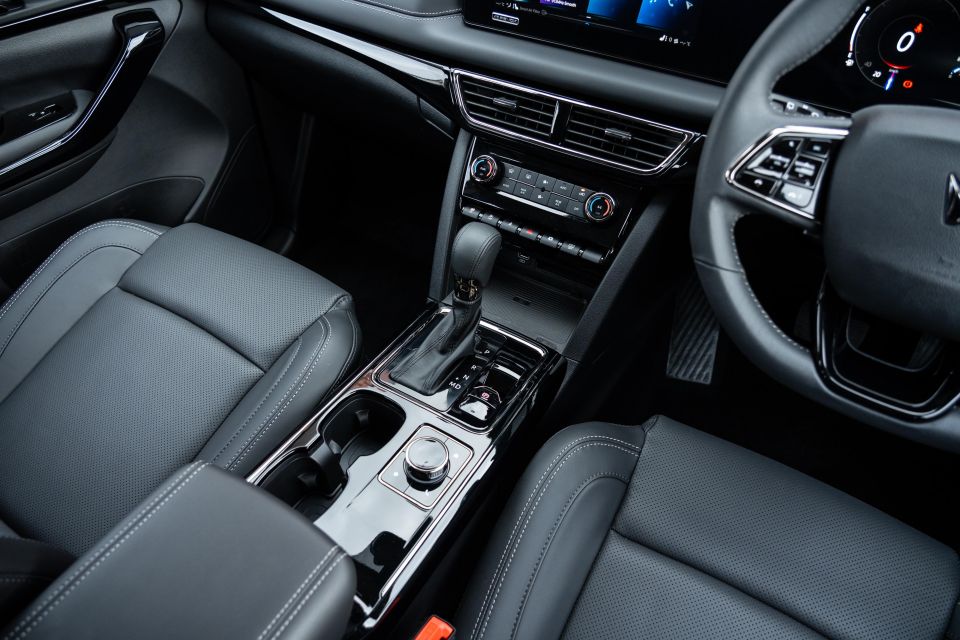
But unlike current Mercs, the Mahindra sports a traditional cabin layout with plenty of physical switchgear including a BMW-style rotary controller.
While it’s great to have that option, I still preferred to use the touchscreen. Conventional buttons and dials dominate the climate control panel – another tick for useability – but there’s no temperature readout, which forces the operator to refer to the infotainment screen when adjusting settings.
The XUV700 is blessed with ample cabin storage – a trait that helps it stand out from the family SUV crowd. Headlining the set of solutions is quite possibly the biggest glovebox I’ve ever seen in a car, while the centre console is likewise deep and ventilated, too.
A host of additional cubbies are scattered around the cabin, with dedicated areas for drink bottles, sunglasses and smaller knick-knacks.
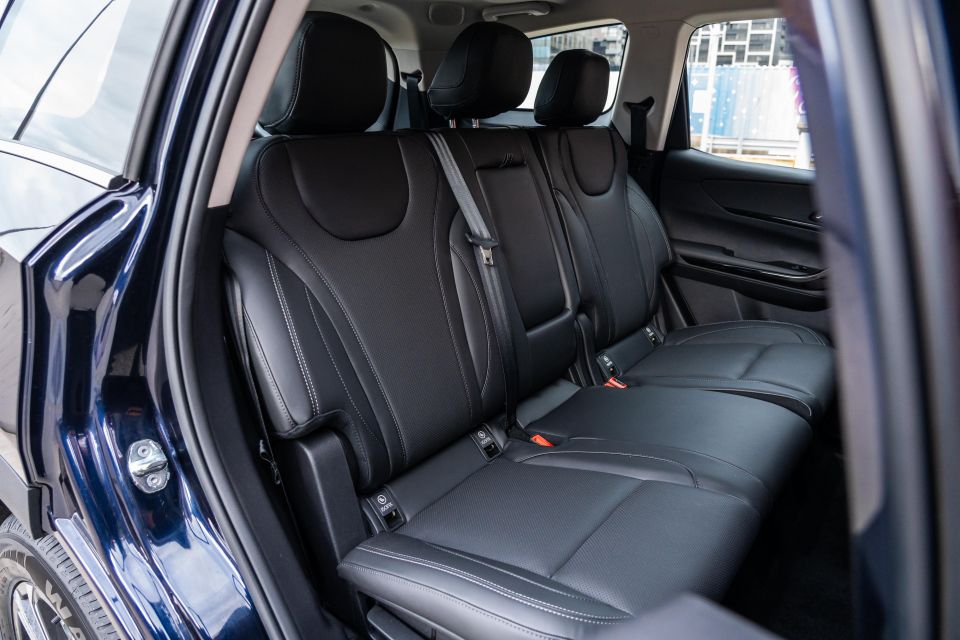
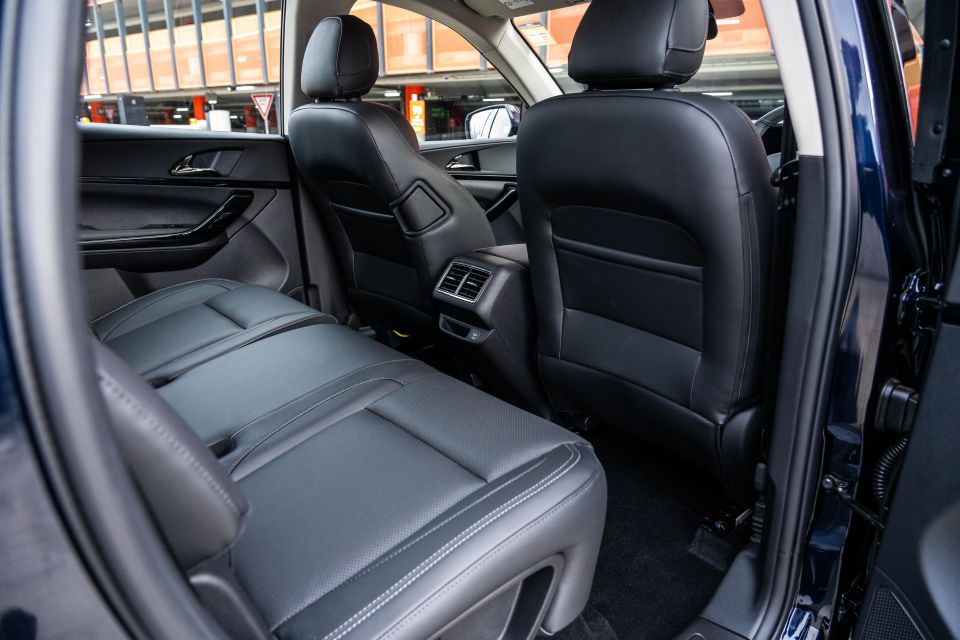
Moving back, the second row is reasonably well equipped for the demands of a busy family.
Taking into account legroom and headroom, there’s enough room for two taller adults to sit in comfort, or three smaller types. While the panoramic sunroof eats into overhead space, you get some back courtesy of a split-reclining bench.
Second-row amenities include shallow map pockets, a single USB-C outlet for rear occupants to fight over, dual air vents, and a centre armrest with undersized cupholders. Nothing to brag about, but I’d hardly call the space oppressive either.
And the XUV700 has a not-so-interesting party trick – a third row of seats.

From the outside looking in, it’s hard to imagine the rear seats are particularly comfy, but you’d be surprised.
While difficult to access, the back-back is actually quite usable, with above average legroom and just enough headroom for shorter persons. Considering the XUV700 is essentially a mid-size SUV, that’s ultra impressive.
Equally impressive is the inclusion of a 12V power socket, cupholders on either side, and air vents with fan controls. That’s a generous back row, if you ask me.
The same can’t be said of the boot. Mahindra doesn’t quote a boot capacity figure, but there’s only room for a few grocery bags when the third row is in place. Fold it down and you can fit bulkier items, which slide in easily as there’s no annoying load lip.
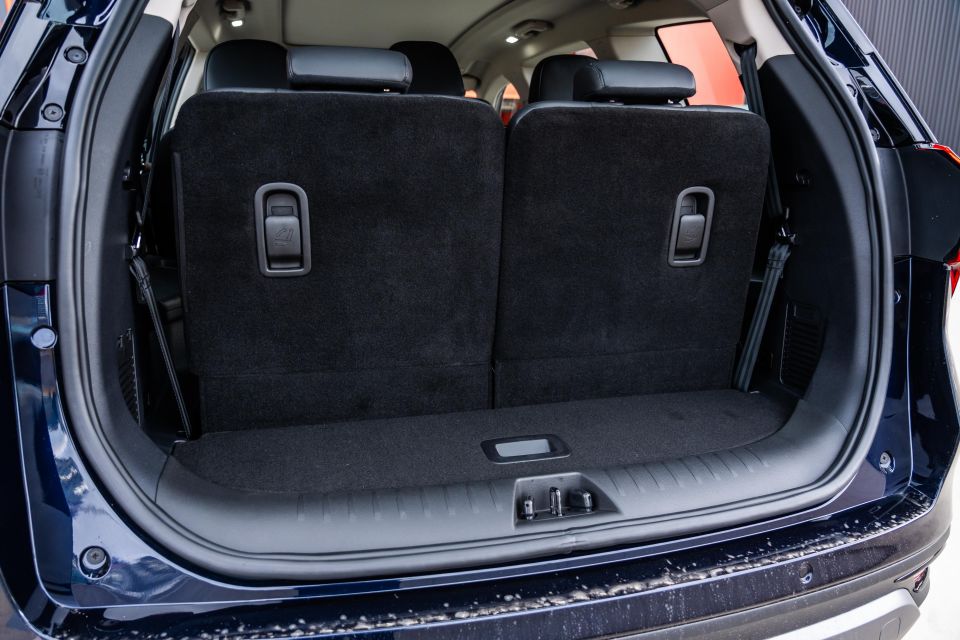

| Dimensions | Mahindra XUV700 |
|---|---|
| Length | 4695mm |
| Width | 1890mm |
| Height | 1755mm |
| Wheelbase | 2750mm |
| Cargo capacity | N/A |
To see how the Mahindra XUV700 stacks up against its rivals, check out our comparison tool
The entire Mahindra XUV700 range is powered by a 2.0-litre four-cylinder turbo-petrol engine driving the front wheels only. Diesel power and all-wheel drive are available in other markets, along with the option of a manual transmission.
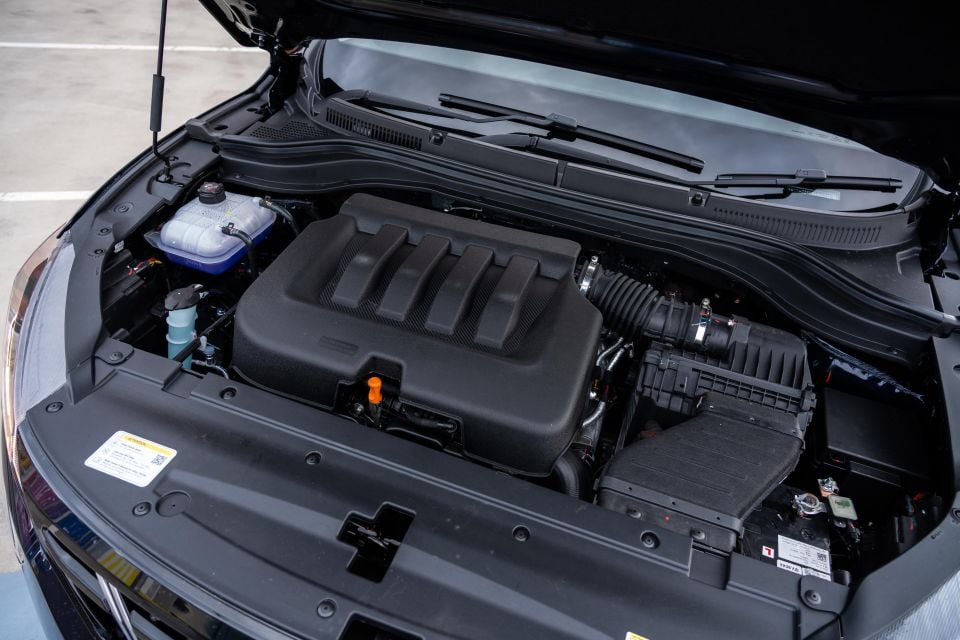
| Specifications | Mahindra XUV700 AX7L |
|---|---|
| Engine | 2.0L 4cyl turbo-petrol |
| Power | 149kW @ 5000rpm |
| Torque | 380Nm @ 1750-3000rpm |
| Transmission | 6-speed auto |
| Drive type | Front-wheel drive |
| Weight | 1835kg (tare) |
| Fuel economy (claimed) | 8.3L/100km |
| Fuel economy (as tested) | 9.1L/100km |
| Fuel tank capacity | 60L |
| Fuel requirement | 91 RON |
| Braked tow capacity | 1500kg |
To see how the Mahindra XUV700 stacks up against its rivals, check out our comparison tool
The XUV700 performs adequately in relaxed city driving, but beyond those confines you quickly notice its low dynamic ceiling.
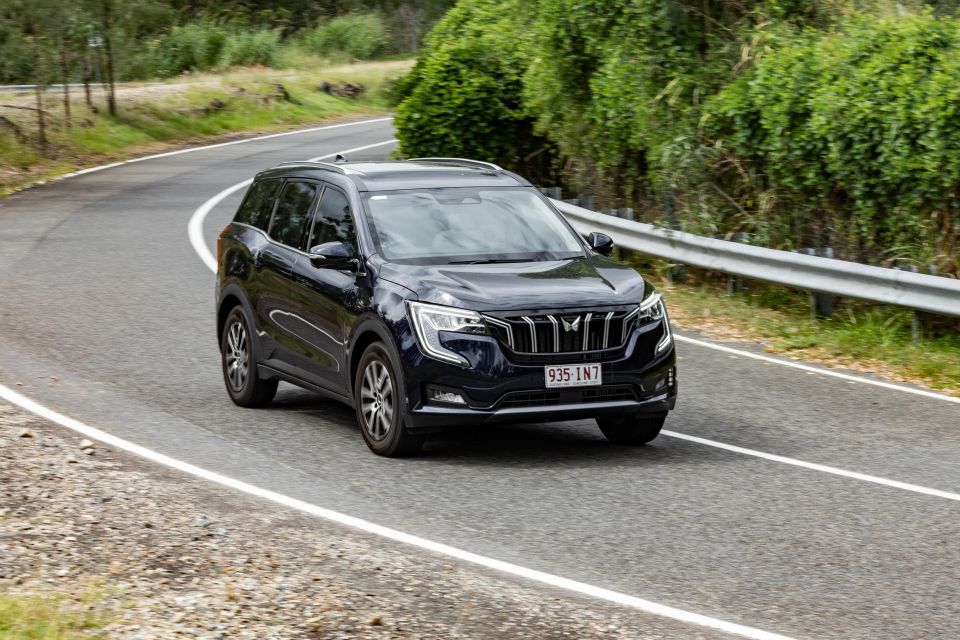
Rolling around the suburbs at up to 60km/h, this family-friendly SUV is softly sprung and easy to steer, with a rack that’s almost too light.
The turbo-petrol four-cylinder engine is relatively refined, too – a healthy 380Nm of torque is available from just 1750rpm, so it’s easy to make quick progress, and I rarely noticed an excess of noise or vibration from under the bonnet.
Likewise, the six-speed automatic transmission is agreeable in its operation, offering smooth upshifts and snappy downshifts.
I will take issue with the brake pedal though, as the stopper in our tester moved laterally in its housing and provided little feedback unless firmly pressed.
The auto-hold system is also clunky and unpleasant to use – when you attempt to take off from a standing start the car feels like it’s momentarily stuck in quicksand, which makes smooth getaways difficult. That’s especially grating in stop-start traffic, so I chose to disable the system completely. It’s all about smooth inputs with the XUV700.
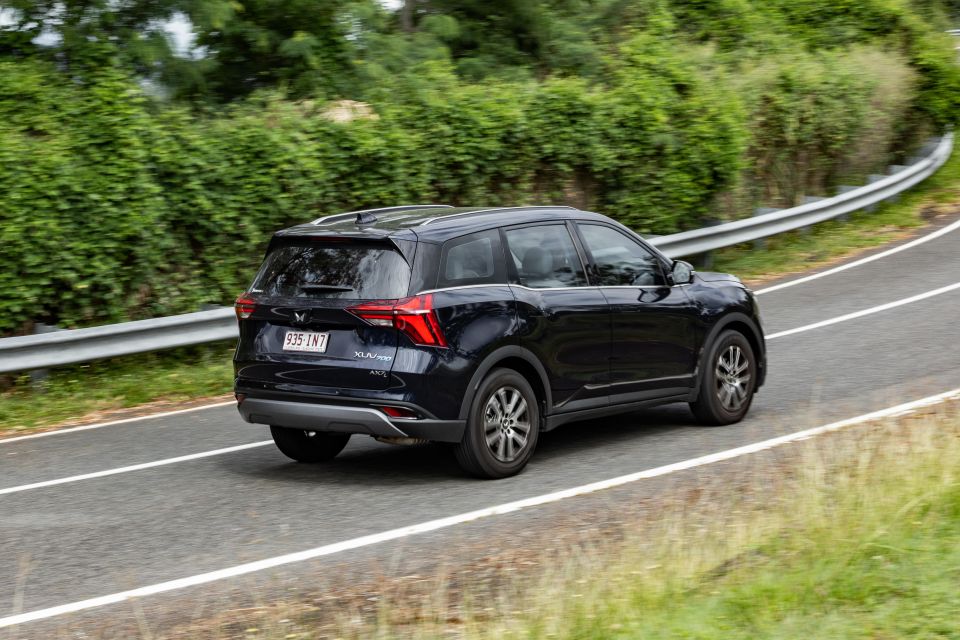
Where expert car reviews meet expert car buying – CarExpert gives you trusted advice, personalised service and real savings on your next new car.
Visibility from the driver’s seat is excellent, especially given the higher-than-normal driving position. Chunky side mirrors support your natural range of vision, which is unimpeded in all directions.
That makes the XUV700 a relatively simple beast to park, and the AX7L comes equipped with high-resolution surround-view and reversing cameras that prove helpful in tight confines.
Cracks start to appear in the refinement of the XUV700 once you cross city limits and hit the highway. The powertrain will quietly cruise at 1800rpm on a stretch of 80km/h road, but it’s in those situations that road and wind noise ramp up to disruptive levels.
All versions of this model feature Smart Pilot Assist – Mahindra’s take on semi-autonomous driving technology. While the adaptive cruise element of the system works well, the lane centring lacks finesse in its calibration, often bouncing the car between lane markings.
Blind spot support comes in the form of cameras fitted to the side mirrors that project a live feed onto the instrument cluster, which sounds more advanced than it is in reality. Picture quality is low, and the feed flashes onto the driver display in peculiar situations, like when you’re making a basic turn at a set of traffic lights.
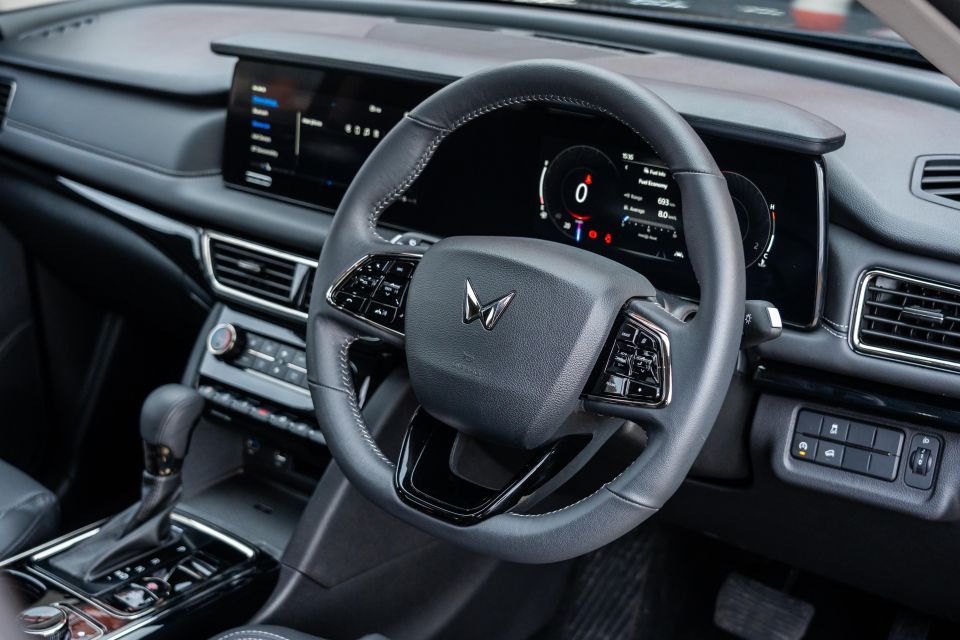
Other safety systems in the XUV700 are less random in their operation. The traffic sign recognition feature never punishes you for its own failures, and there’s no intrusive driver attention monitoring system.
While the XUV700 remains competent as a highway cruiser, it falls down on a country road. As previously alluded too, the steering is so light that it feels a bit disconnected from the front wheels – disconcerting when you’re tackling a twisty stretch of tarmac.
And there’s not much to love from a handling perspective, as this soft and squishy family SUV understeers through corners with plenty of body roll, even at moderate speeds.
I was particularly disappointed by XUV700’s lack of wet grip at city speeds. Quite simply, the budget-friendly MRF Wanderer tyres aren’t up to task, scrabbling for traction under modest throttle inputs when the roads are a bit greasy, although it’s easy to replace them.
On test here is the middle-of-the-range XUV700 AX7L.
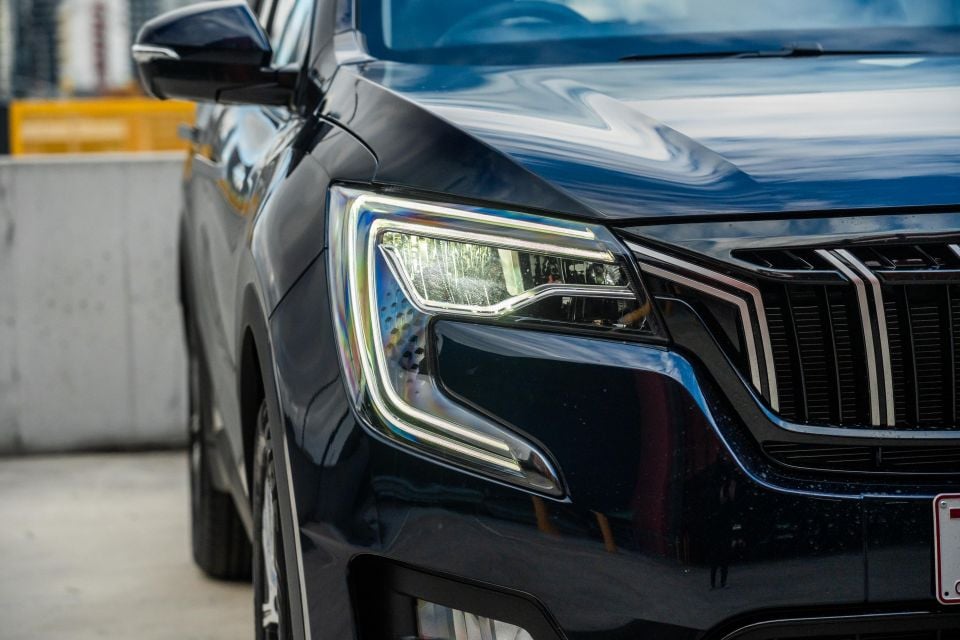

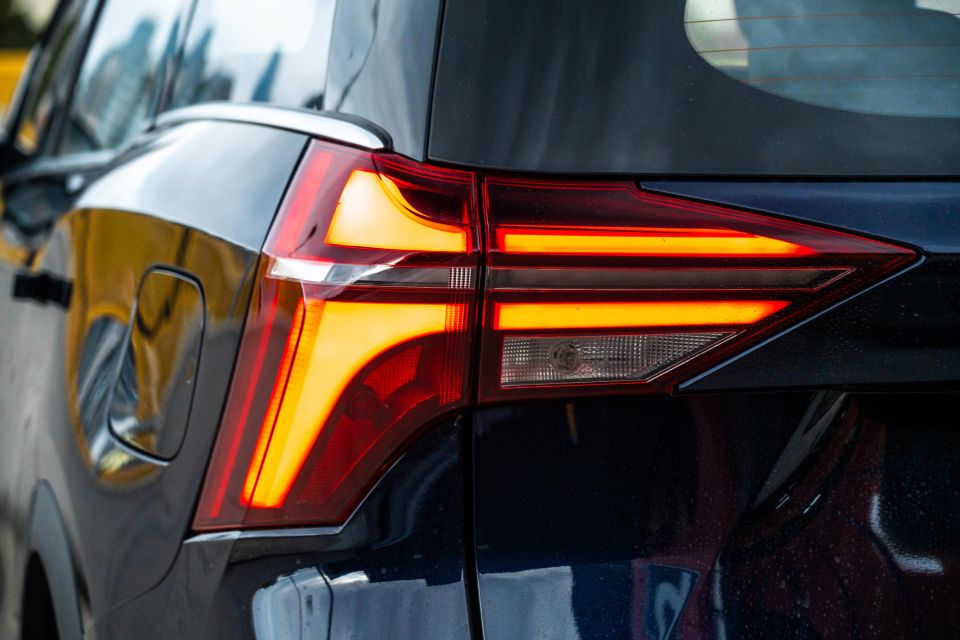

2025 Mahindra XUV700 AX7 equipment highlights:


The AX7L adds:
The Black Edition adds:
To see how the Mahindra XUV700 stacks up against its rivals, check out our comparison tool
The Mahindra XUV700 has yet to be assessed by ANCAP.
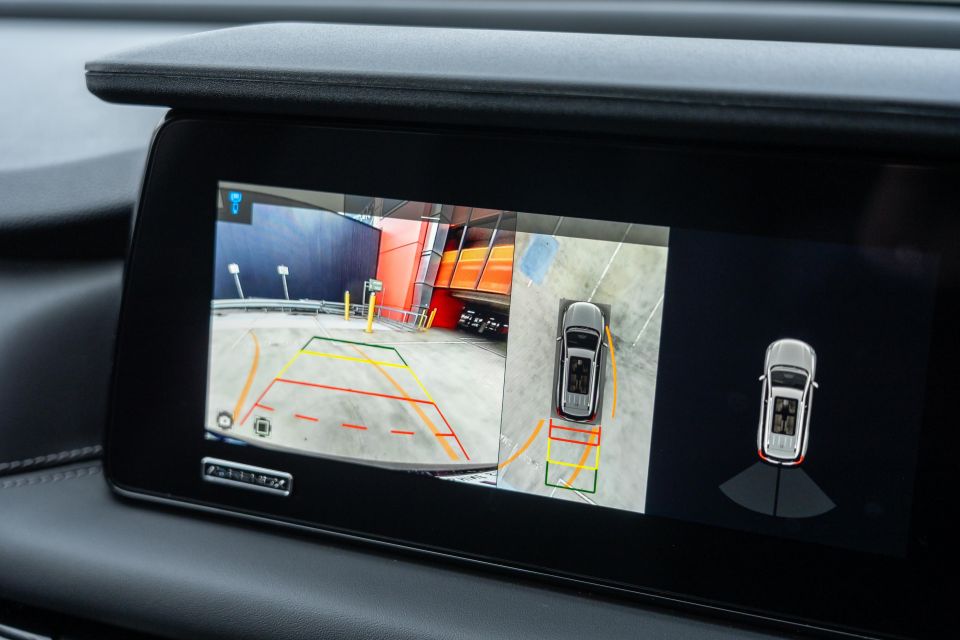
Standard safety equipment includes:
AX7L adds:
To see how the Mahindra XUV700 stacks up against its rivals, check out our comparison tool
The Mahindra XUV700 is backed by a generous seven-year, 150,000km warranty including seven years of roadside assist. Servicing is generally required every 12 months or 15,000km, although an initial round of maintenance is required at one month or 1500km and the second service is due at 10,000km.
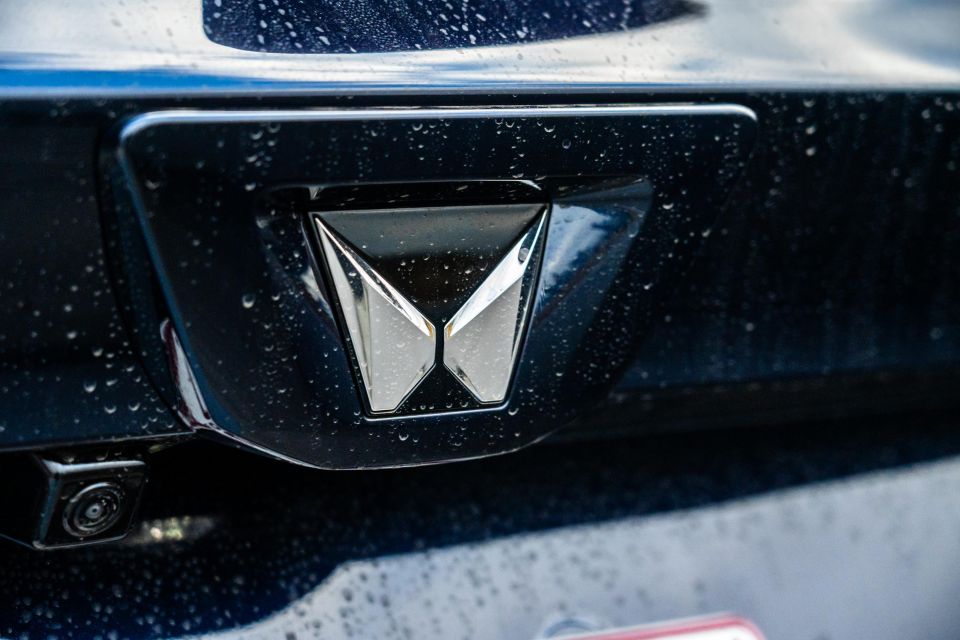
| Servicing and Warranty | Mahindra XUV700 |
|---|---|
| Warranty | 7 years, 150,000km |
| Roadside assistance | 7 years |
| Service intervals | 12 months or 15,000km |
| Capped-price servicing | 4 years |
| Average annual service cost | $445.25 |
| Total capped-price service cost | $1781 |
To see how the Mahindra XUV700 stacks up against its rivals, check out our comparison tool
Buy your new car without the stress. It's fast, simple and completely free.

Great service from Travis and team, second time I have used this business would not hesitate to recommend them to anyone
Craig C.
Purchased a Ford Ranger in Sunshine Coast, QLD
CarExpert helped Craig save $7,224 on his Ford Ranger, now let us save you on your next new car.
Get your BEST priceThere’s more to the Mahindra XUV700 than a cheap as chips sticker price.
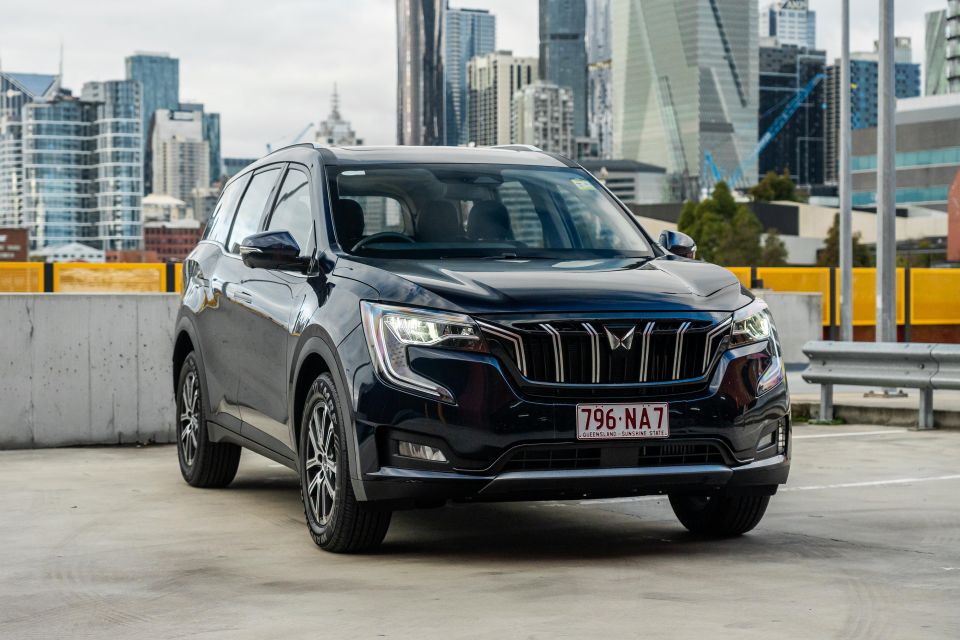
In AX7L trim, it’s a spacious and well-equipped family seven-seater with a long warranty, all the latest safety tech, and a gutsy turbo engine.
As far as showroom appeal goes, there’s certainly more here than you’ll find in a base Outlander or X-Trail.
However, the XUV700 doesn’t come close to those segment mainstays as a driving machine. It’s soft and lacks feel behind the wheel, which will prove disappointing to those making the switch from proven Japanese rivals. Taller buyers will also be put off by the awkward ergonomics.
And while the swish, modern cabin tech presents well, it feels undercooked once you start tapping and swiping around the touchscreen.

So, while the XUV700 may look like an absolute steal on paper, it’s not without compromise. If interior space, standard equipment, and affordability are your top priorities, then this left-field challenger is well worth considering, especially in AX7L trim.
However, if you’re after a popular SUV from an established player, the Outlander, X-Trail and Honda CR-V represent decent bang for buck.
And then there’s something like the Chery Tiggo 8 Pro Max, which combines a lengthy list of kit with solid driving dynamics. Of all the options at this price point, it’s my favourite.
But it’s worth noting that the Mahindra and Chery don’t hold their value as well as models from legacy manufacturers, which could be a potential red flag for new car buyers on a tight budget. Nevertheless, there’s plenty of value to be found in the updated XUV700.
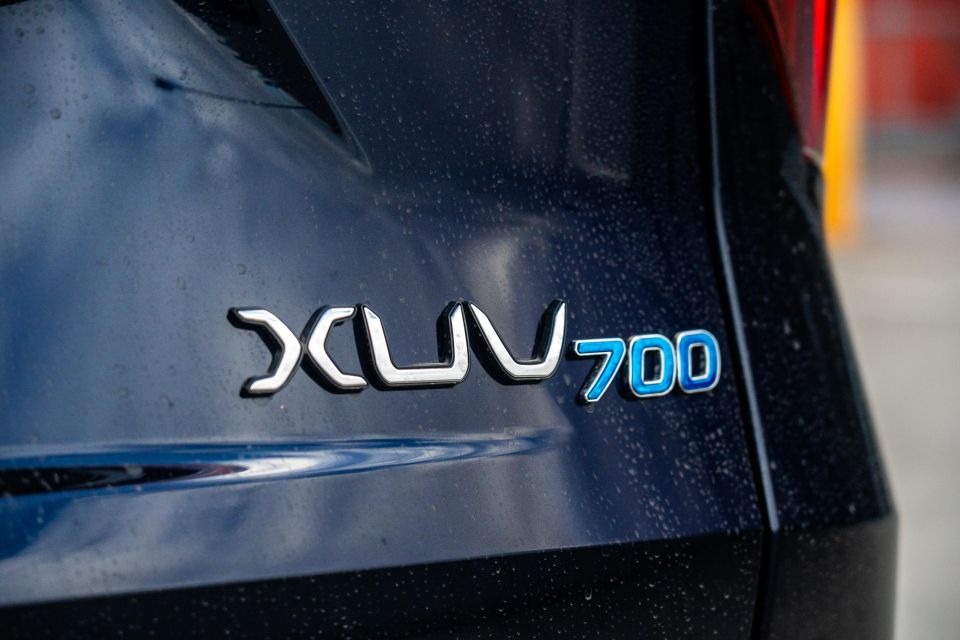
Interested in buying a Mahindra XUV700? Let CarExpert find you the best deal here
Click the images for the full gallery
Where expert car reviews meet expert car buying – CarExpert gives you trusted advice, personalised service and real savings on your next new car.
Josh Nevett is an automotive journalist covering news and reviews, with a background in motorsport journalism.


William Stopford
3 Days Ago
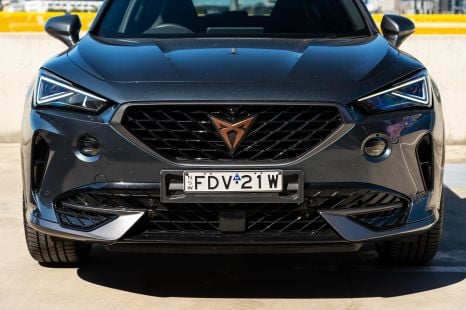

James Wong
3 Days Ago
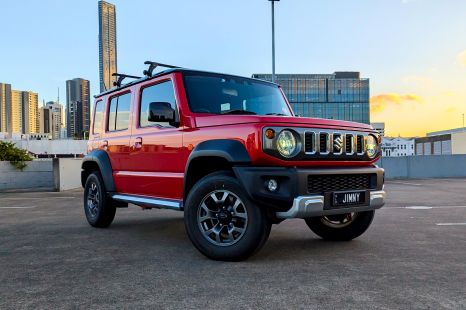

William Stopford
5 Days Ago
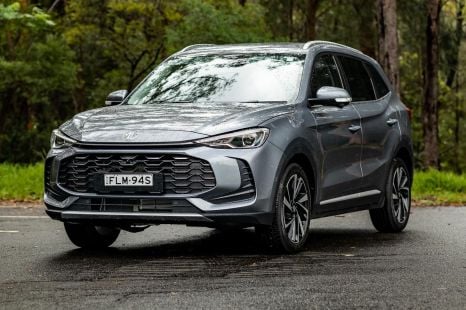

Matt Campbell
6 Days Ago


James Wong
8 Days Ago
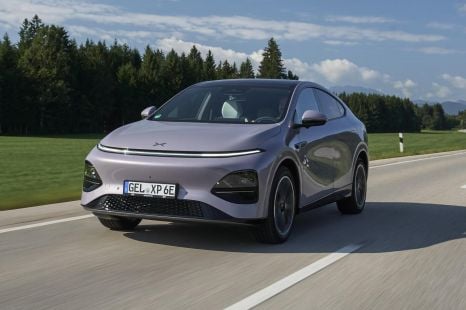

Neil Briscoe
11 Days Ago